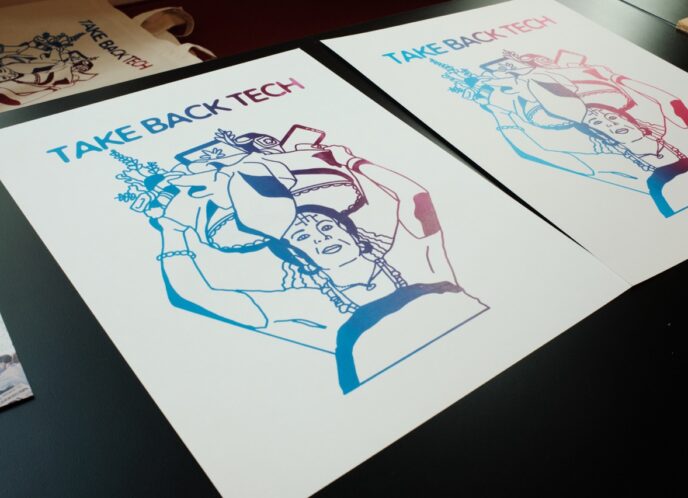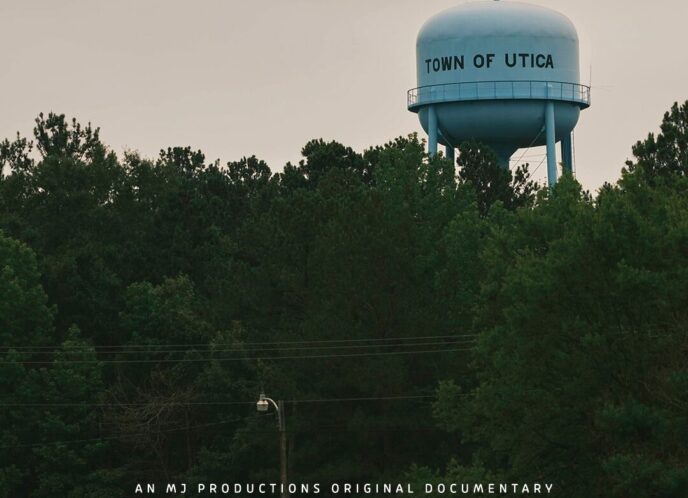The 2013 National Conference for Media Reform provided me with an invaluable learning experience. I would characterize the conference as an opportunity to learn social justice advocacy tools and grow social movements. While attending the Conference, I learned new community engagement/organizing strategies, engaged in strategic planning, and developed coalitions with key leaders in the media reform arena.
I teach in the Community Justice Project (“CJP”), a civil rights clinic at the University of St. Thomas School of Law. The goal of the CJP is to train law students to become not just lawyers, but engineers of social change who create new inroads to justice, freedom, and equality. Our focus is on creating systemic changes related to improving the quality of life experienced by communities of color in the state of Minnesota. The CJP follows an assets-based community development approach. Therefore, we have worked with the community partners in addressing a number of social justice issues that emerge at the intersection of race and poverty. One such example is our work with the Campaign for Prison Phone Justice (focused on capping the high cost of prison phone calls).
Within our work, we have employed community engagement tools like holding town hall forums, hosting listening sessions, and conducting qualitative research. While at the conference, I gained new tools in community organizing. For example, I attended panels on storytelling and narrative building. These interactive panels challenged me to explore the role of stories in shaping a narrative and promoting collective engagement. I began to ponder questions like: how can the community lawyer hear the authentic voice of the people? What is the role of memes and how can they be used in a story-based strategy? I also was introduced to the practice of cultural organizing through the work of Rusita Avila, Media Literacy Project. This dimension of community organizing offers an opportunity to embrace diversity as a collective strength and promotes community-building. Lastly, the creative arts were infused into the conference curriculum. This included spoken word, poetry, and masterful freestyle. Although I am not an artist, I unleashed my creativity by designing my own puppet at the Million Puppet March exhibition. This movement merged the arts with storytelling to engage the community on media access and social justice.
 I also gained new tools for engaging in strategic planning. One such example was the learning tree exercise led by Steven Renderos, Center for Media Justice. The learning tree provides an opportunity to capture insights on the root causes of social problems and develop practical solutions. The roots represent the institutions (who are the stakeholders?), the branches are the social problems (what is the issue? who is it impacting?), and the leaves reflect possible solutions (how can the problem be resolved?). I plan on utilizing this tool in the classroom and in community gatherings. It offers an opportunity to view a social challenge from diverse vantage points and generate a myriad of community centric solutions. While attending another session, I gained pearls of wisdom related to strategic planning. First, “start at the center and work your way out” which focuses on addressing the root causes of a challenge from a systemic perspective. This will help to inform the development of a comprehensive strategy that is clear and effective. Second, “think outside the box and ahead.” Ahead is the operative word here. This requires developing a shared vision and roadmap for the course of the future.
I also gained new tools for engaging in strategic planning. One such example was the learning tree exercise led by Steven Renderos, Center for Media Justice. The learning tree provides an opportunity to capture insights on the root causes of social problems and develop practical solutions. The roots represent the institutions (who are the stakeholders?), the branches are the social problems (what is the issue? who is it impacting?), and the leaves reflect possible solutions (how can the problem be resolved?). I plan on utilizing this tool in the classroom and in community gatherings. It offers an opportunity to view a social challenge from diverse vantage points and generate a myriad of community centric solutions. While attending another session, I gained pearls of wisdom related to strategic planning. First, “start at the center and work your way out” which focuses on addressing the root causes of a challenge from a systemic perspective. This will help to inform the development of a comprehensive strategy that is clear and effective. Second, “think outside the box and ahead.” Ahead is the operative word here. This requires developing a shared vision and roadmap for the course of the future.
In closing, participating in NCMR 2013 was a journey of exploration and learning. I left feeling rejuvenated and empowered to move forward in the pursuit of social justice.


Dr. Artika R. Tyner, law professor and director of diversity, at the University of St. Thomas School of Law.



